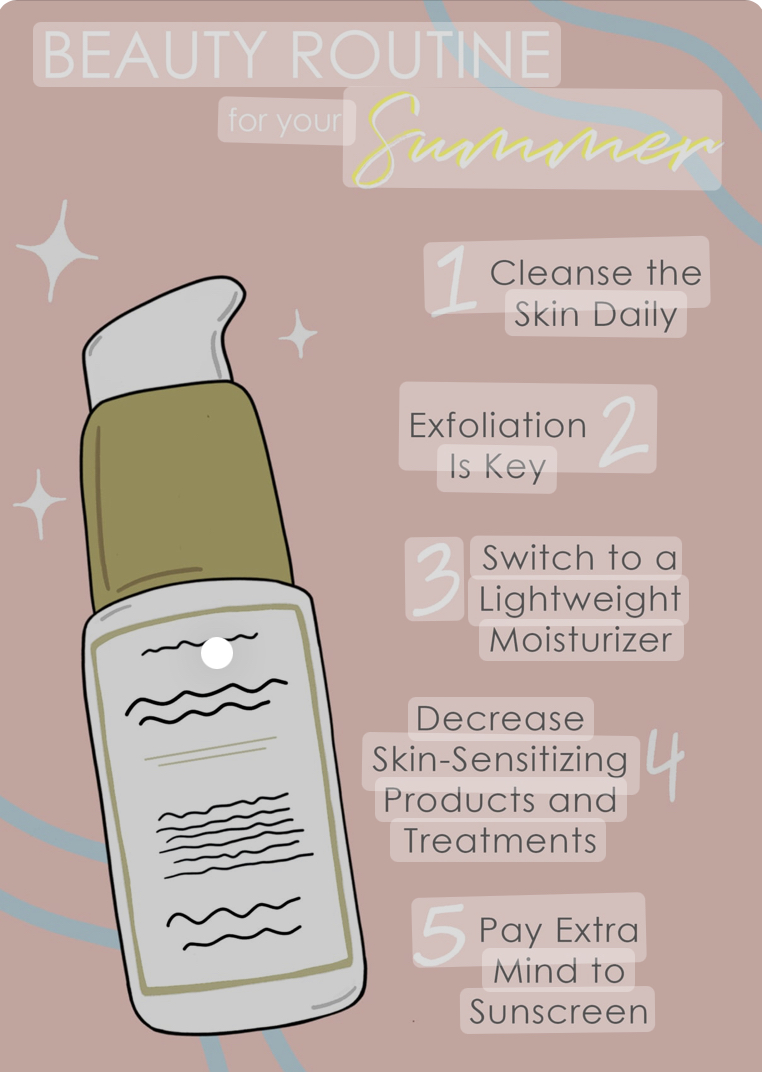

More in Beauty
-


Beauty
Fade to Glow: Hyperpigmentation Treatments That Deliver
Fade to Glow: Hyperpigmentation Treatments That Deliver Hyperpigmentation occurs when the skin produces excess melanin—the pigment...
-


Beauty
Glossed & Glowing: Lancôme Turns 90 with Olivia Rodrigo
Glossed & Glowing: Lancôme Turns 90 with Olivia Rodrigo Photography by Sansho for BFA Lancôme kicked off...
-


Beauty
Top 5 Must- Have Korean skincare products
Top 5 Must-Have Korean Skincare Products Does that work for you? Medicube Collagen Jelly Cream –...
-


Beauty
“Nail Trends 2025: Bold, Beautiful, and Trendsetting”
“Nail Trends 2025: Bold, Beautiful, and Trendsetting” Next up, let’s talk about clear nails with a...
-


Beauty
Nicki Minaj’s Press-On Nail Collection Showcases Her Signature Style for Fans: An Inside Look at the N.Y.C. Pop-Up Event.
Nicki Minaj’s Press-On Nail Collection Showcases Her Signature Style for Fans: An Inside Look at the...












